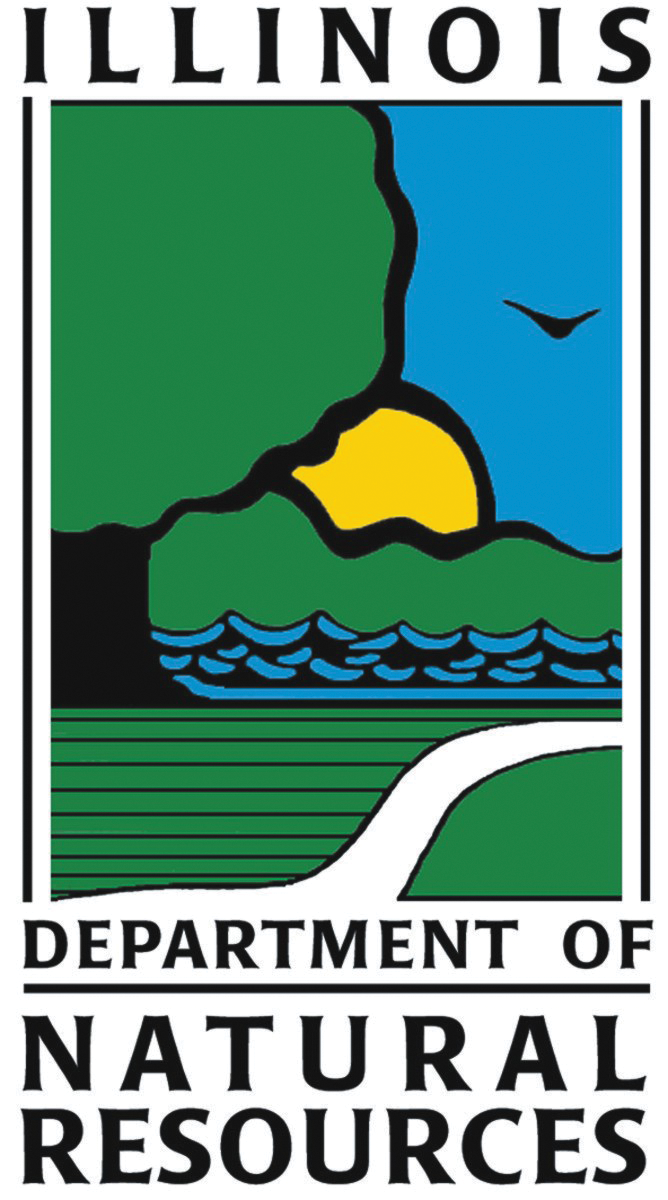
Wetlands were once a dominant part of the Illinois landscape and played a critical role in reducing flooding, recharging groundwater supplies, and filtering pollutants and nutrients. It is estimated that wetlands once covered more than 8 million acres in Illinois or 23 percent of the land. About 90 percent of Illinois wetlands were drained and most of the remaining wetlands are degraded. The state still supports several wetland types including wet prairies, marshes, floodplain forests, and swamps.
The Illinois Wildlife Action Plan (IWAP) guides the conservation of wildlife and their habitats for the people of Illinois. The plan focuses primarily on non-game species, especially vulnerable species, known as the Species in Greatest Conservation Need (SGCN). The IWAP is organized by habitat into seven Campaigns, each with its own strategic plan for increasing the quality and quantity of wildlife habitat in Illinois. These plans are implemented across the DNR and by partner organizations and agencies, collectively known as the Illinois Wildlife Action Team.
The Wetlands Campaign is working to protect and improve functionality of remaining wetlands, promote connectivity among wetland complexes with habitat corridors, and reintroduce native species into wetland habitats. The goals of this campaign are to:
- improve the condition of existing natural and artificial wetlands.
- maintain appropriate ground water levels and hydrologic function to support wetland habitat.
- develop and manage additional wetland habitat.
- fill information gaps and develop conservation actions to address stresses.
- foster inter-agency cooperation and coordination to ensure wetland programs do not have conflicting objectives.
- emphasize multiple-resource benefits of wetland conservation.
- increase water quality education efforts in areas under high development pressure and/or within fragile geographic zones (i.e., karst terrain).







